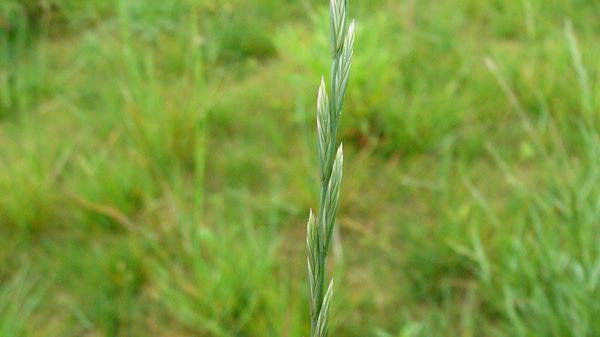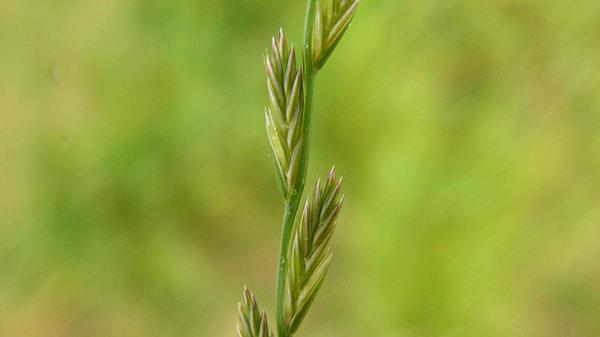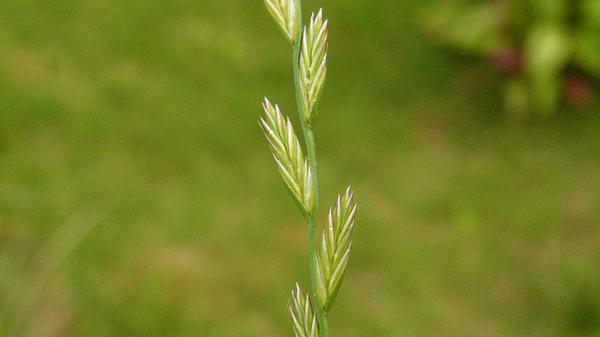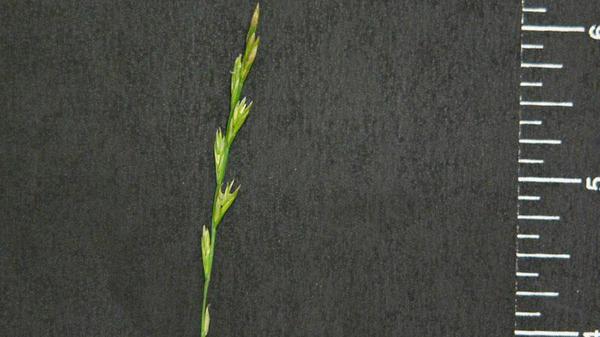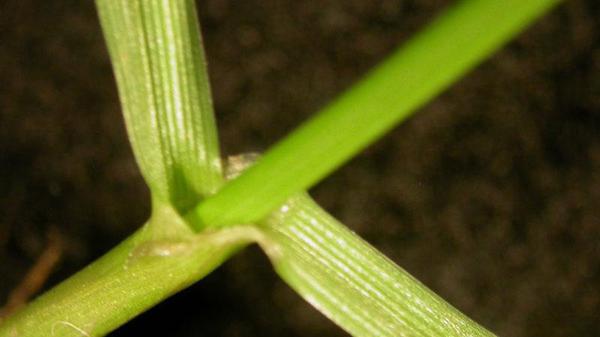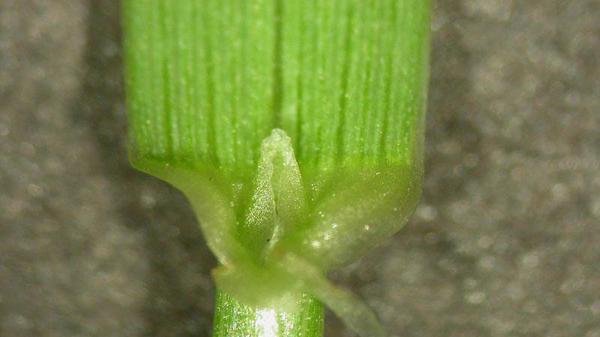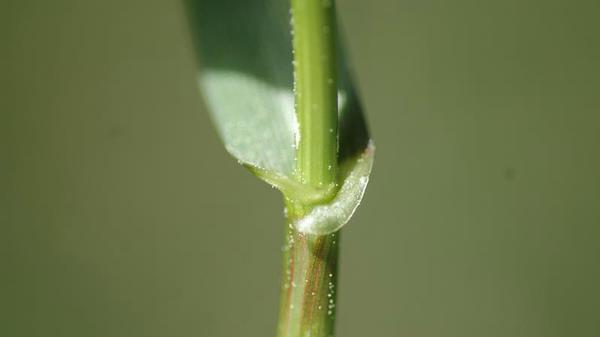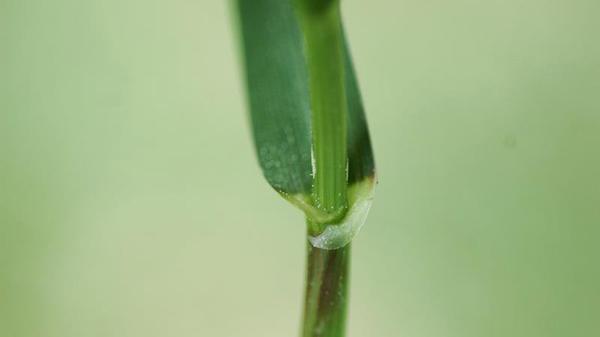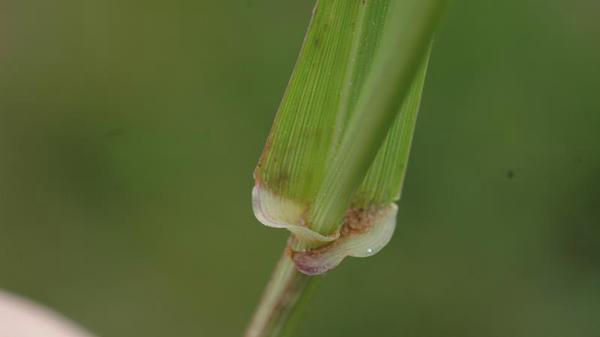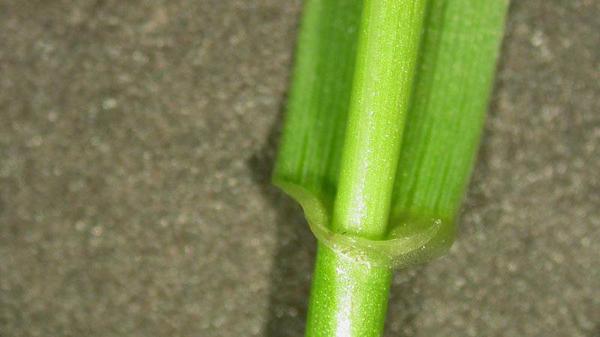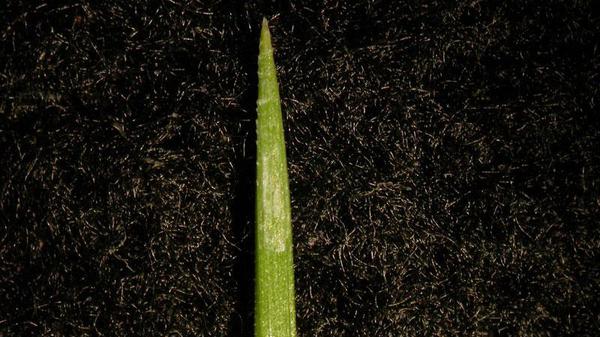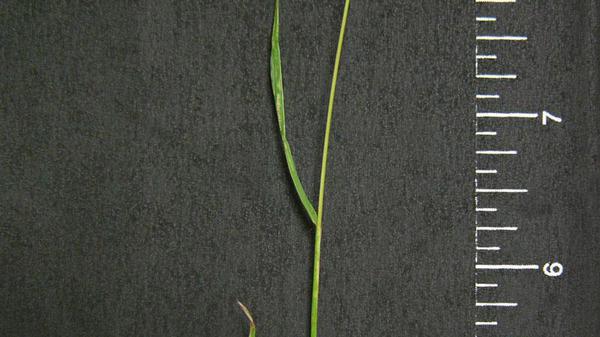Annual Ryegrass
en Español / em Português
El inglés es el idioma de control de esta página. En la medida en que haya algún conflicto entre la traducción al inglés y la traducción, el inglés prevalece.
Al hacer clic en el enlace de traducción se activa un servicio de traducción gratuito para convertir la página al español. Al igual que con cualquier traducción por Internet, la conversión no es sensible al contexto y puede que no traduzca el texto en su significado original. NC State Extension no garantiza la exactitud del texto traducido. Por favor, tenga en cuenta que algunas aplicaciones y/o servicios pueden no funcionar como se espera cuando se traducen.
Português
Inglês é o idioma de controle desta página. Na medida que haja algum conflito entre o texto original em Inglês e a tradução, o Inglês prevalece.
Ao clicar no link de tradução, um serviço gratuito de tradução será ativado para converter a página para o Português. Como em qualquer tradução pela internet, a conversão não é sensivel ao contexto e pode não ocorrer a tradução para o significado orginal. O serviço de Extensão da Carolina do Norte (NC State Extension) não garante a exatidão do texto traduzido. Por favor, observe que algumas funções ou serviços podem não funcionar como esperado após a tradução.
English
English is the controlling language of this page. To the extent there is any conflict between the English text and the translation, English controls.
Clicking on the translation link activates a free translation service to convert the page to Spanish. As with any Internet translation, the conversion is not context-sensitive and may not translate the text to its original meaning. NC State Extension does not guarantee the accuracy of the translated text. Please note that some applications and/or services may not function as expected when translated.
Collapse ▲Description
Annual ryegrass (Festuca perennis), also referred to as Italian ryegrass, is a bunch-type grass that can be used as a nurse crop for quick cover or for winter overseeding of bermudagrass on low maintenance athletic fields or golf courses. It does not possess the quality of perennial ryegrass and is not recommended for sites where high quality turf is desired. However, it is very inexpensive and can be used on low profile fields such as school, park or recreation sites where winter color is desirable. Its seedhead can be confused with that of quackgrass. Annual ryegrass does not have rhizomes, whereas quackgrass does. Annual ryegrass can be easily confused with tall fescue. However, tall fescue has rough leaf blade margins on the lower 1⁄3 - 1⁄2 of the leaf whereas annual ryegrass has smooth ones. Tall fescue has non-clasping auricles, whereas annual ryegrass has clasping auricles. The backside of the tall fescue leaf blade is less glossy than that of annual ryegrass.
Annual Ryegrass as a Weed
Cultural Control
Annual ryegrass is a common weed problem in turfgrasses on roadsides in the southeastern United States. Maintaining a dense, vigorous turf is the first step in effective weed control. Cultural and management practices that enhance turfgrass growth generally reduce weed competition and encroachment. First, select adapted turfgrass cultivars for your area and then properly fertilize, mow, and water to encourage dense growth.
Species Data
- SEEDHEAD / FLOWER
- VERNATION TYPE
- LIGULE TYPE
- membranous; blunt, 0.04 - 0.08 inches (1 - 2 mm) long
Figure 8
- membranous; blunt, 0.04 - 0.08 inches (1 - 2 mm) long
- GROWTH SEASON / LIFE CYCLE
- cool season turf or annual weed
- AURICLE TYPE
- LEAF BLADE TIP SHAPE
- sharp-pointed; bright green, upper surface dull, deeply ridged, lower surface smooth, glossy and slightly creased, edges smooth
Figure 15
- sharp-pointed; bright green, upper surface dull, deeply ridged, lower surface smooth, glossy and slightly creased, edges smooth
- LEAF BLADE WIDTH
- 0.1 - 0.28 inches (3 - 7 mm) wide
Figure 16
- 0.1 - 0.28 inches (3 - 7 mm) wide
- STOLON PRESENCE
- absent
- RHIZOME PRESENCE
- absent
- COLLAR TYPE
- continuous; indistinct, not hairy
- SHEATH MARGIN
- split with overlapping margins
- SHEATH TYPE
- round; pinkish at the base



